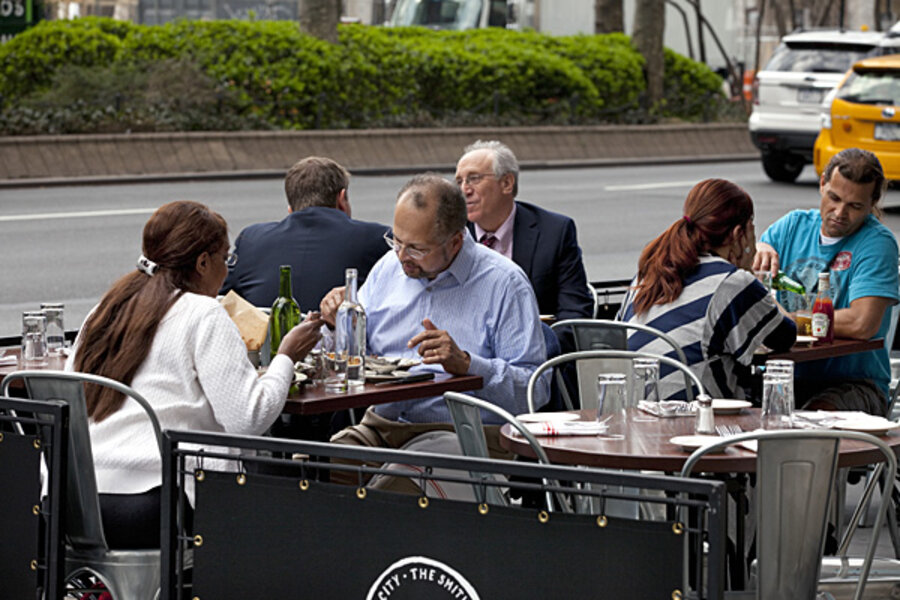Spending on dining out increases by 2.7 percent
Loading...
The recession is finally behind the foodservice industry. Consumer spending on food away from home rose 2.7 percent between July 2012 and July 2013, while at-home food spending declined by 0.2 percent. The increase in away-from-home spending brought foodservice (food-away-from-home) spending back to where it was before the recession.
According to the just-released Consumer Expenditure Midyear Update from Bureau of Labor Statistics (BLS) for the 12 months ended July 2013, the average American household spent $2,698 on food-away-from-home, up 2.7 percent from the same period ended July 2012.
Significantly, that exactly matches the $2,698 spent on food away from during full-year 2008, when food-away spending peaked before the recession hit it. Food-away spending declined in 2009 and 2010 before beginning to inch back up in 2011 and 2012.
Food-at-home or supermarket spending dipped in 2010 but had been rising until the decline in the most recent BLS data.
Foodservice spending accounted for 5.2 percent of the average American household’s average expenditures. Supermarket (food-at-home) spending was 7.6% of total expenditures.
The average household income before taxes declined 0.2 percent to $65,029. Total average expenditures rose 1.5 percent to $51,408. The largest increase in expenditures was a 6.6 percent jump in cash contributions, which BLS defines as including payments for support of college students; alimony; child support; and charitable giving.








